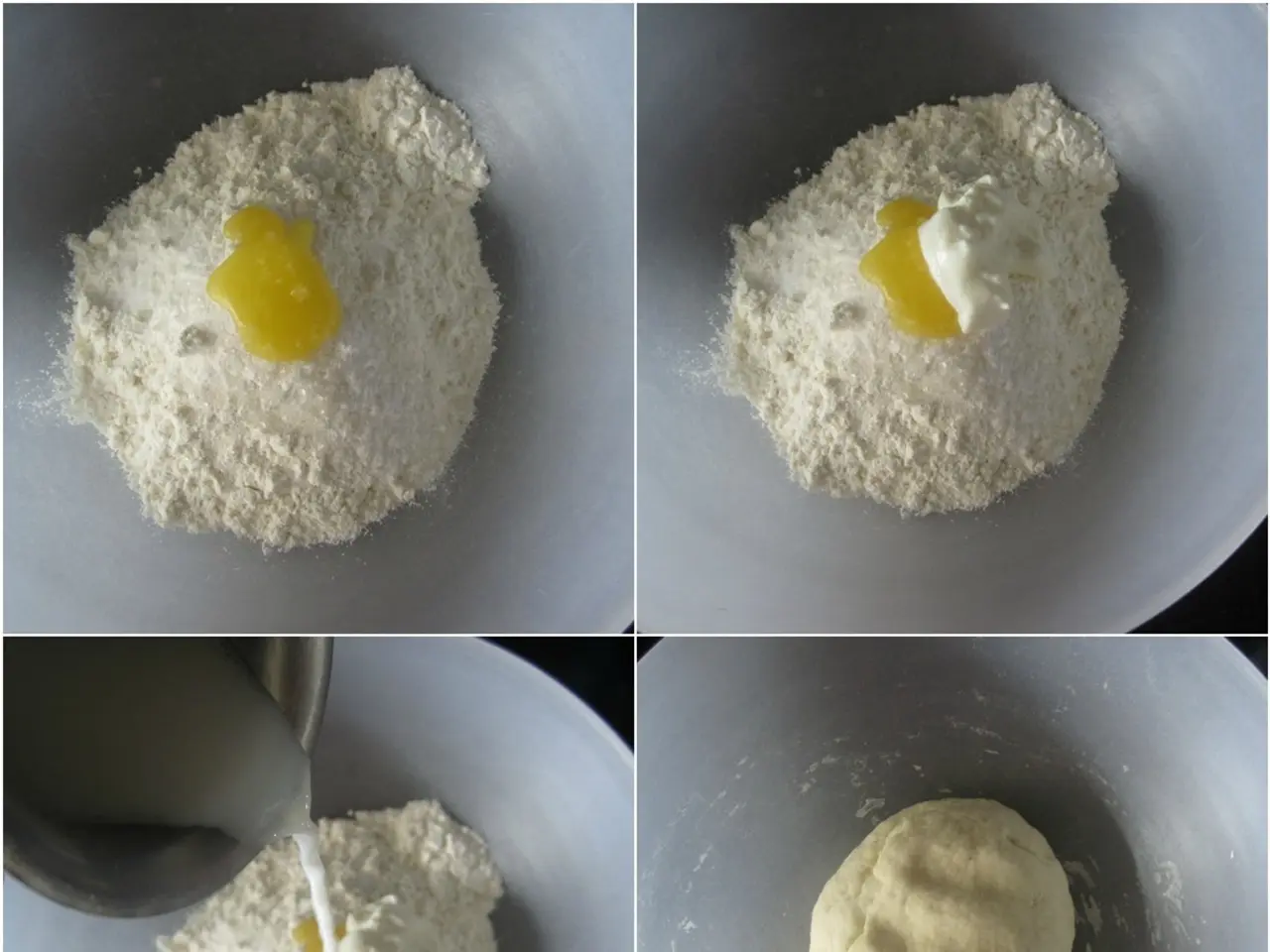Guiding MIT's students through academic pursuits: The ins and outs of being a teaching assistant
The Indispensable Role of Teaching Assistants in MIT's Department of Electrical Engineering and Computer Science
At the Massachusetts Institute of Technology (MIT), the Department of Electrical Engineering and Computer Science (EECS) relies on a dedicated team of students to deliver high-quality education to its ever-growing student body. These students, known as Teaching Assistants (TAs), play a crucial role in the department, balancing their own coursework with teaching duties that demand substantial planning, communication, and adaptation to different student needs.
Soroush Araei, a sixth-year graduate student, is one such TA. He finds the rewards for his work to be intrinsic, as teaching has shown him that there are always deeper layers to understanding and has provided him with memorable 'aha' moments during office hours. Araei teaches alongside his PhD advisor, enjoying the opportunity to explain concepts to others to deepen his own understanding.
Hope Dargan, a second-year PhD student, is another passionate TA. She gained her teaching license as an undergrad through the MIT Scheller Teacher Education Program (STEP) and considers teaching one of her greatest passions. However, Dargan acknowledges that teaching can lead to burnout due to the caring and perfectionist nature of teachers. Despite this, she remains committed to her role, continuously developing her teaching skills and adapting to student needs.
Haley Nakamura, a second-year MEng student, also plays a significant role as a TA. Her organizational skills led to her becoming the first head TA for the central computer science course, 6.3900 (Introduction to Machine Learning), with responsibilities including administrative tasks and improving content. Approximately 16 percent of Nakamura's EECS MEng peers also balance their own coursework with teaching responsibilities.
The course requires eight instructors at the lecturer/professor level, 15 TAs, and about 50 lab assistants (LAs). The TAs lead discussion sections or labs, support students in understanding course content, grade assignments, and help to manage course logistics across multiple sections of 60-70 students each. Coordination and organization are crucial for ensuring all students move forward at the same pace.
Dargan's students have expressed enthusiasm and gratitude for her work, with one anonymous reviewer calling her the most helpful instructor they've ever had. She has also designed an educational intervention for students who were struggling in class 6.101 (Fundamentals of Programming). In addition to her work at MIT, Dargan has taught for MEET (the Middle East Entrepreneurs of Tomorrow), an educational initiative for Israeli and Palestinian high school students.
The role of TAs at MIT EECS is complex and integral to maintaining high-quality education. Araei's work as a TA often requires long hours, helping students troubleshoot their circuits and diving deep into issues alongside them. For Dargan, the trade-off between teaching and research is that teaching has an immediate day-to-day impact, while research has this unknown potential for long-term impact.
Despite the challenges, both Araei and Dargan find immense satisfaction in their roles as TAs. Their passion for teaching and commitment to student success make them invaluable members of the MIT EECS community.
[1] Source: MIT EECS Department [2] Source: MIT EECS Department Catalog
This article was written based on the provided bullet points and does not contain any advertisements.
- The Massachusetts Institute of Technology's (MIT) Department of Electrical Engineering and Computer Science (EECS) heavily relies on Teaching Assistants (TAs) to deliver excellent education to its expanding student body.
- Soroush Araei, a sixth-year graduate student, and Hope Dargan, a second-year PhD student, are among the dedicated TAs at MIT EECS.
- Araei and Dargan balance their own coursework with teaching duties, requiring substantial planning, communication, and adaptation to various student needs.
- Araei finds the intrinsic rewards of teaching as it helps him understand concepts more deeply, while Dargan, initially an undergrad through the MIT Scheller Teacher Education Program (STEP), considers teaching one of her greatest passions.
- Haley Nakamura, a second-year MEng student, also serves as a TA, making an impact through organizational skills and administrative roles, such as becoming the first head TA for the central computer science course, 6.3900.
- The course 6.3900 requires a large team of instructors and TAs, with TAs leading discussion sections or labs, grading assignments, and managing course logistics.
- Dargan's teaching skills and commitment to improving student education are highly appreciated by her students, with one reviewer calling her the most helpful instructor they've ever had.
- TAs at MIT EECS play a complex yet essential role in maintaining high-quality education. Their dedication and passion for teaching make them invaluable members of the MIT EECS community, as they strive to support students' self-development and learning through education and research.




